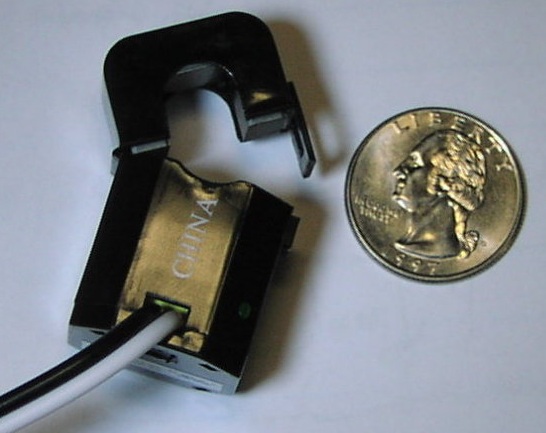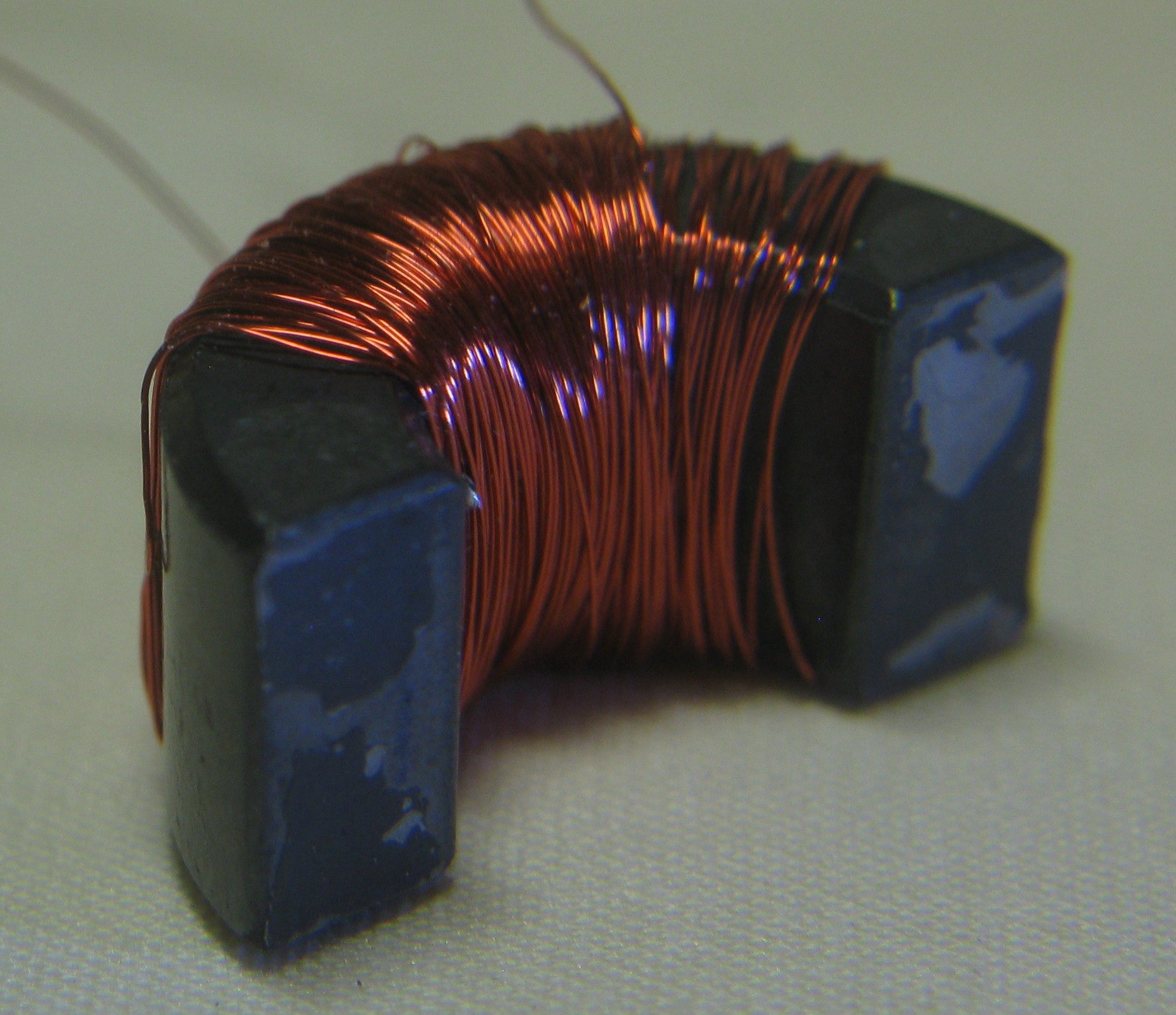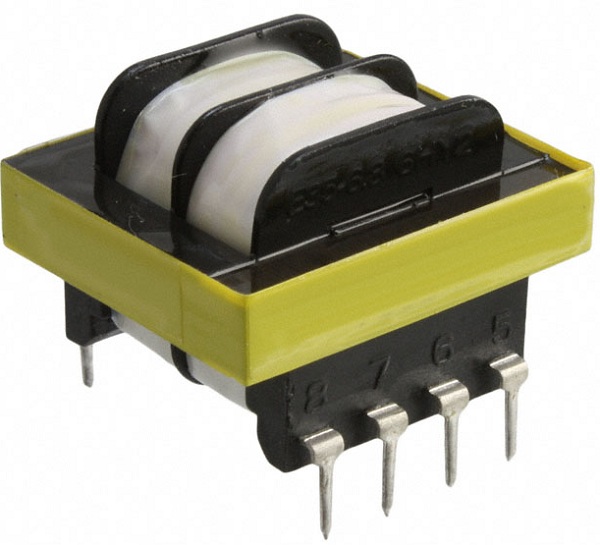|
Home Made
Current Transformers
By: Dave Johnson
July 8, 2012
|
 |
|
A while back I got call from
someone who wanted to monitor the AC current going through a power line, using a
current transformer. He found some nice commercial snap-on current
transformers but they were all selling for about $25 each. He wanted to
know if he could somehow build his own transformer. Some time back I had
to do just that. I needed to light an LED when AC current was flowing
through a wire. I looked around in my lab inventory and found a few
snap-on split ferrite cores like the photos below. These components are
normally used as RF filtering devices. They are often used on video
cables, USB cables and some power supply cables. They help to suppress RF,
which might leak out of or leak into sensitive circuits. Split ferrite
cores are more convenient since they can easily be clipped onto an insulated
wire carrying 50Hz or 60Hz AC. This allows some AC voltage, generated by
the AC current flowing through a wire, without actually touching the copper
conductor. This is a much safer way to monitor AC current. |
|
The cores I
like to use are about 1 inch in diameter and about a half inch thick. Find one
with the highest RF filtering specification, meaning the highest impedance at
some frequency. These should have a high permeability. The winding factor
ranges from 0.5 to 2 microhenries per turn squared. This means that the
inductance L in microhenries is equal to WT^2 where W is the winding factor and
T is the number of turns around the core. If the winding factor of the
core is 1, with two core halves held together, then 1000 turns will yield an
inductance of 1 henry. Magnet wire around 34 to 36 gage works well.
You can use finer wire to get more turns on the core. First solder the end
of the magnet wire to a 24ga insulated stranded wire, several inches long.
Wind the stranded wire around the core first, then begin winding the magnet wire
around the core. The insulated leader wire will make the assembly more
robust and easier to solder later. Finish the assembly with another
insulated wire section. A few wraps of mylar tape around the wire will
help protect the winding. Some people like to dab some 5 minute
epoxy around the wires, to finish the winding. In the old days, they often
used wax to cover the wires. |
|
The number of turns needed
will depend on the application. A resistor will need to be placed in
parallel with the multi-turn winding, to achieve good linearity of X number of
AC volts to Y Amps of AC current. The resistor value will have to be
determined experimentally. A target voltage might be about 100mv AC per Amp.
Commercial current transformers have an inductance of several henries but you
may not need that much wire on the core if all you need is a fraction of a volt
per Amp. |
|
If your goal is to harvest
some energy from the flowing AC current using a current transformer, this small
split ferrite core sensing approach is not the most efficient. Even with
10 Amps of AC current, the harvested power may only be 50 milliwatts or so.
That may be enough to light an LED but not much more. A better option for
energy harvesting is a small iron core transformer with a split bobbin, as shown
below. One of the windings is cut out, leaving an empty slot in the bobbin
for the heavy current carrying wire. However, the iron core method will
not allow you to clip onto an insulated wire. The wire has to be cut and
pushed through the core and routed around the bobbin at least once.
Multiple turns will produce a higher secondary voltage. In theory, with
heavy current flowing, you can easily harvest a watt or more of power. |
| |
 |
 |
|
Commercial Clip-on
Current Transformer |
Split Ferrite Core RF
Suppression Device |
 |
 |
|
Hand Wound Transformer
Core |
Split Bobbin
Transformer |
|
|
Split ferrite cores and
split bobbin transformers are available from these sources:
www.digikey.com,
www.mouser.com,
www.newark.com,
www.jameco.com,
www.alleletronics.com,
www.goldmineelec.com. |
|
|